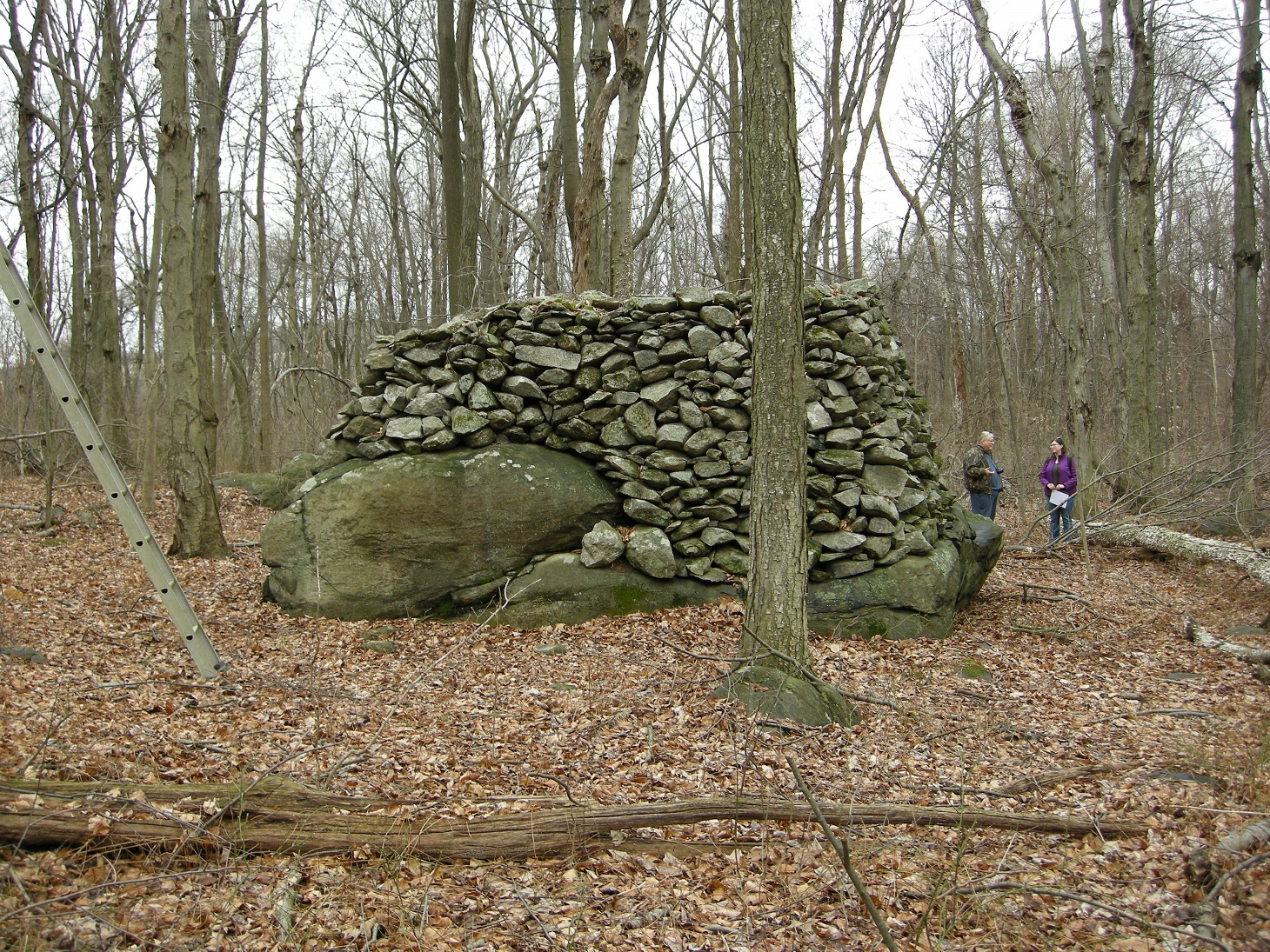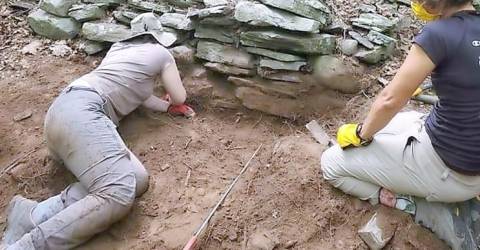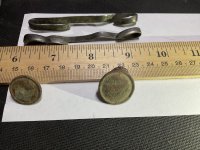Charl
Silver Member
This is a great read and overview, and while it deals with discovering that natives built in stone in eastern Pa., it’s food for thought to just realize the Eastern woodlands hide sites in plain site that are likely related in time/purpose, or, at the least, evidence that some remains long thought settler activity are older. Of course, the Pa. Oley Hills site is pretty dramatic compared to most potential CSL sites in the eastern US. All this is just to say, since all this is relatively new research, and new realization, no harm in simply keeping it in mind whenever roaming woods in eastern states….


Finding Meaning in Stone - Pennsylvania Historic Preservation
Nothing excites the imagination like an unanswered question, and since spring I’ve been exploring a little-recognized mystery here in Pennsylvania. New England has a tradition of dry-laid stone cairns, walls, and chambers that have been variously interpreted over the years as colonial field...
pahistoricpreservation.com
Amazon Forum Fav 👍
Last edited:








